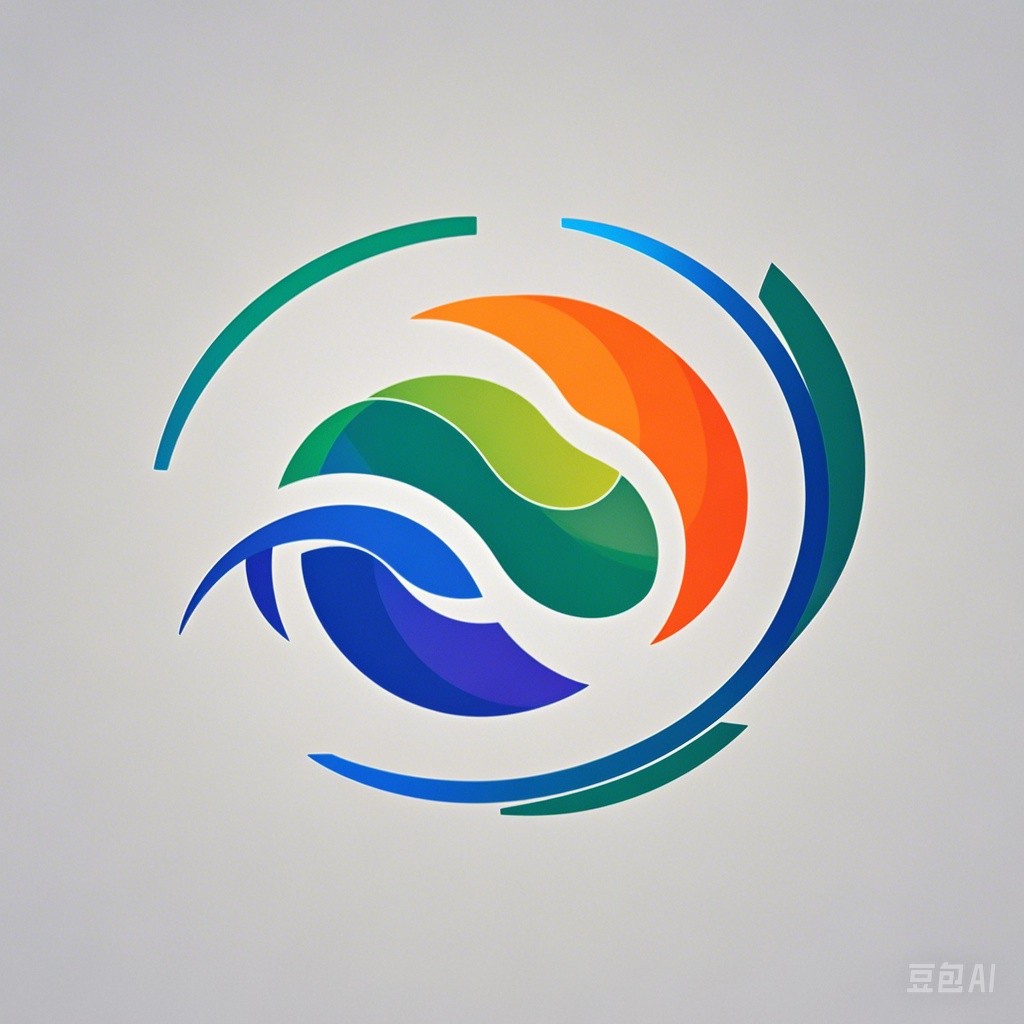Introduction
The concept of “The Fun Process” refers to the idea that certain activities or methods can be designed or approached in a way that makes them enjoyable and engaging. This approach can be particularly relevant in fields such as education, business, and personal development, where the traditional processes might be perceived as枯燥乏味。 By infusing fun into the process, individuals and organizations can enhance motivation, productivity, and overall satisfaction.
Understanding the Importance of Fun in Processes
Motivation
One of the primary reasons for incorporating fun into processes is to boost motivation. When tasks are enjoyable, individuals are more likely to be engaged and invested in their work. This can lead to higher levels of performance and creativity.
Engagement
Engagement is closely related to motivation. When people are having fun, they are more likely to be fully present and engaged in the task at hand. This can result in a more effective and efficient process.
Satisfaction
A fun process can also lead to increased satisfaction, both for the individuals involved and for the organization as a whole. When people enjoy their work, they are more likely to be satisfied with their jobs and with the outcomes of their efforts.
Strategies for Creating a Fun Process
Gamification
Gamification involves applying game design elements to non-game contexts to motivate and engage people. This can include points, badges, leaderboards, and challenges. For example, in a workplace setting, employees could earn points for completing tasks or meeting goals, which could then be redeemed for rewards.
# Example of a simple gamification system in Python
def earn_points(task):
points_earned = 10 # Points awarded for completing a task
print(f"Congratulations! You've earned {points_earned} points for completing {task}.")
# Example usage
earn_points("daily report")
Interactive Learning
Interactive learning can make educational processes more enjoyable and effective. This can include activities such as quizzes, simulations, and group discussions. For instance, a training program could incorporate interactive modules that allow participants to apply what they’ve learned in a practical, hands-on manner.
Collaborative Work
Collaborative work environments can foster a sense of fun and community. When people work together, they can share ideas, support each other, and celebrate successes. This can lead to a more enjoyable and productive process.
Flexible Approaches
Being flexible with the process can also contribute to its fun factor. This might involve allowing some flexibility in how tasks are completed or introducing new methods to keep things interesting.
Case Studies
Education
In the field of education, gamified learning platforms have been shown to increase student engagement and retention. For example, a game-based learning platform might allow students to earn points, badges, and levels as they progress through lessons.
Business
In the business world, companies like Google and Microsoft have implemented fun elements into their work environments to boost employee morale and productivity. This can include activities such as “Hackathons,” where employees collaborate on creative projects, or “Bring Your Pet to Work” days.
Conclusion
The Fun Process is a valuable approach that can enhance motivation, engagement, and satisfaction in various contexts. By incorporating fun elements into processes, individuals and organizations can create a more enjoyable and effective environment. Whether through gamification, interactive learning, collaborative work, or flexible approaches, there are numerous strategies to make any process more fun.
